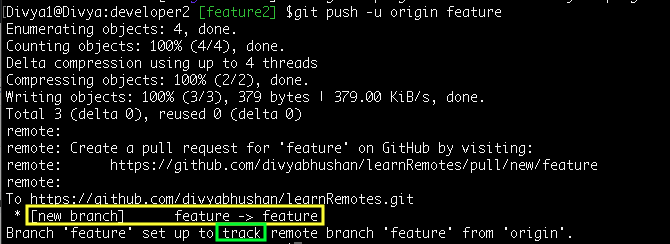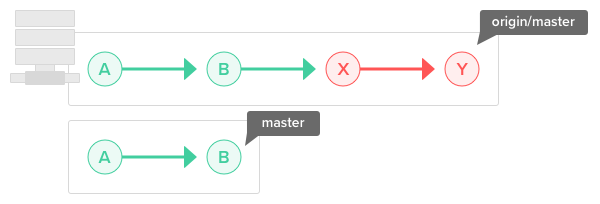

Git remote remove upstream Push to multiple remotes If you’ve added a remote which you no longer require, you can remove it as follows: # The syntax is: git remote remove REMOTE-ID To see a list of all remotes, simply use the following command: $git remote -v Git remote set-url upstream List all remotes If you want to change the URL associated to a remote that you’ve already added, you can do it with the following command: # The syntax is: git remote set-url REMOTE-ID REMOTE-URL Here, BRANCH is the name of the remote branch, which is usually the same as your local branch. # Configure local branch to track a remote branch. You can setup a branch to track a remote branch as follows: # Change local branch. Though you can add multiple remotes, usually, each branch of your project can be configured to track a single remote branch. Use the above command to add one or more remote Git repos – make sure that each repo has its unique ID, i.e. Git remote add upstream the above example, we add the remote repository of a project called Toggl 2 Redmine found on GitHub. Git remote add origin Add remote 2: BitBucket. Here’s a real example: # Add remote 1: GitHub.
# Syntax to add a git remoteīy convention, the original / primary remote repo is called origin. The first step is to add remote repos to your project. To be able to synchronize code with a remote repo, you need to specify where the remote repo exists. In general, the purpose is to synchronize this repo with a remote Git repo. When you do git init, you initialize a local Git repository. Have write access to one or more remote Git repositories.Working knowledge of Git – git init, git pull, git commit and git push.You cannot pull from multiple remotes, but you can fetch updates from multiple remotes with git fetch -all.



 0 kommentar(er)
0 kommentar(er)
